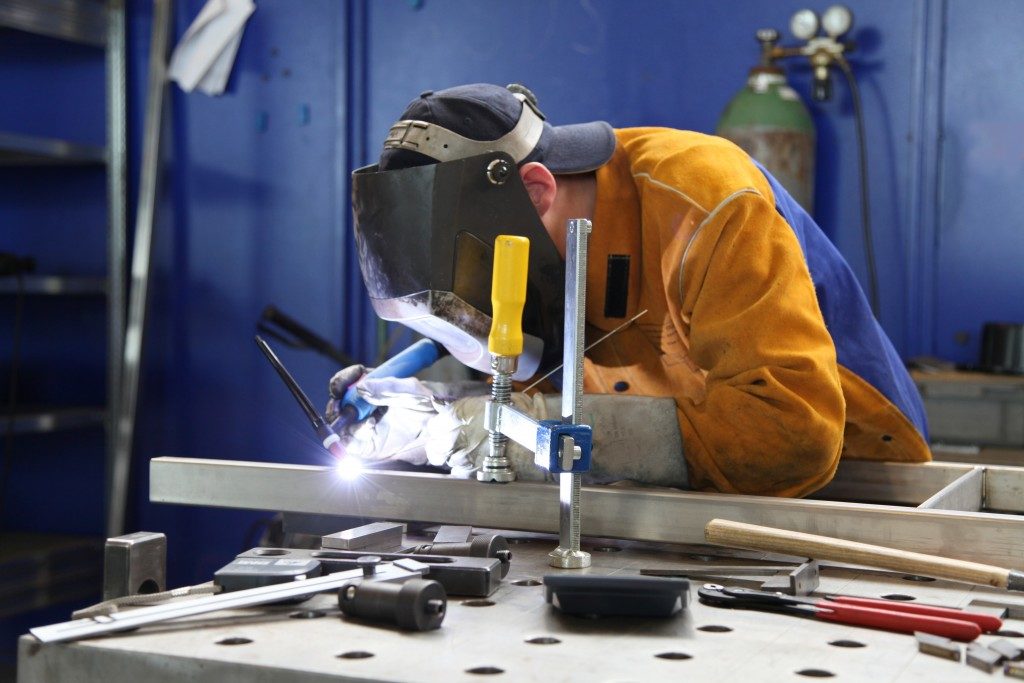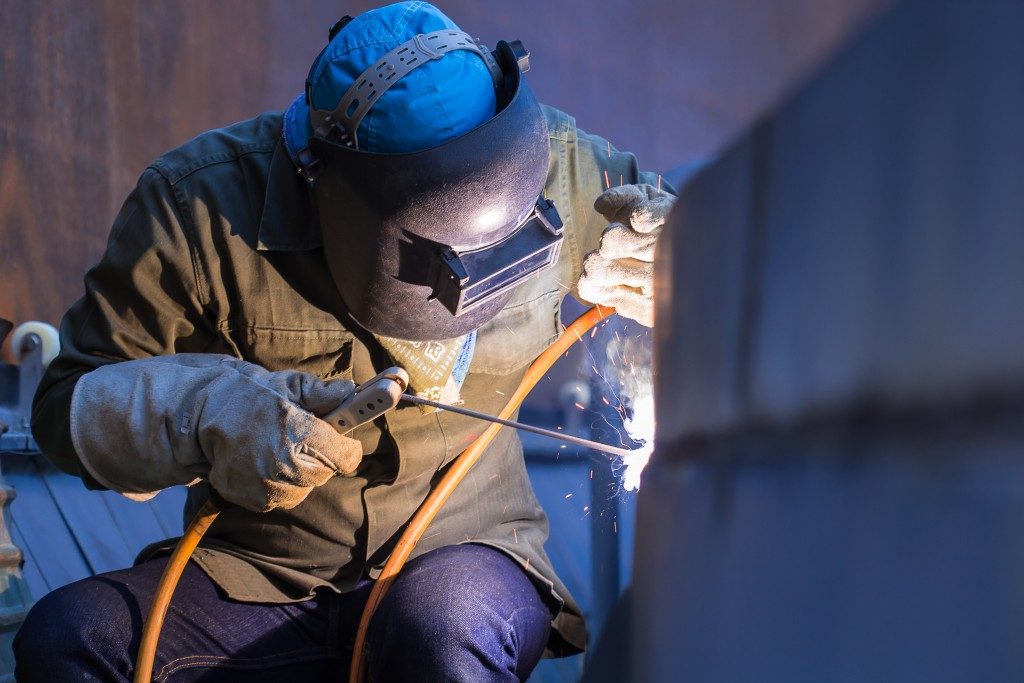Tube notching is an essential part of metalwork. You can roll most any metal into a tube and notch it, which makes notching a versatile skill to develop. You can use notched tubes in all sorts of applications: from manufacturing to automotive repair. But you need to cut, fold, and notch the tube into proper form. For this, you need two things: good equipment and skills.
With the right equipment, from the tube and pipe notchers of Baileigh to the digital exhaust pipe benders of Bendpak, you can become an accomplished metalworker as you provide greater options to your clients.
But first, learn the fundamentals of tube notching can enhance your metalworking skills.
An Easier Fold
Why do you need to notch tubes? You can subject metal (especially alloyed metal), while it’s still malleable, to a tremendous amount of force if bent accordingly. Warping, however, can be a problem because it’s common to bent metal. Not all metal has the capacity to hold its structure under bending, even if it’s heat-assisted.
Tube notching allows the metal to avoid this outcome as you shear or cut off a section to make the movement or folding easier. Sometimes the notch itself will do, but most of the time it’s the beginning of a much bigger step, like folding or joining.
Ensuring Precision with Every Work
As far as mechanics go, tube notching is a relatively simple process compared to other fabric processes, like welding and riveting. But since the notch often requires a very precise cut, you need to get equipment with features designed for precision or acquire sufficient skills in eyeballing the measurements yourself. Sometimes, you can develop the latter through years of experience.
And although the process is easy, the equipment you’ll need is often too specialized (or expensive) for most metalworking shops to buy and maintain. It’s why some businesses often outsource tube notching to specialist shops that can take care of the order, making it a very profitable niche in the metalworking industry.
How Does Tube Notching Work?

Any tube notching project has the same first step: measuring the length and deciding what kind of cut works best. Since tubes can be notched for a variety of reasons, they can also be notched in a variety of ways.
One of the reasons it can be surprisingly demanding to notch a tube is that punching a hole or bending the metal (not unlike riveting or bending) can damage the tube if done incorrectly. Notching is an economical way to manipulate metal to fit into a bigger structure without weakening or changing its composition.
Even the kind of tool used to notch metal is important. Since steel and other alloys can warp or deform under intense heat or pressure, it’s critical that the operator is aware and can configure the tool to account for these differences.
Tube notching is far from a simple cut and dry job: given the length and material of the tube, it can be a complex process that needs a lot of skill and expertise. A skilled metalworker must know all these factors and work on it to become an adept tube notcher.






